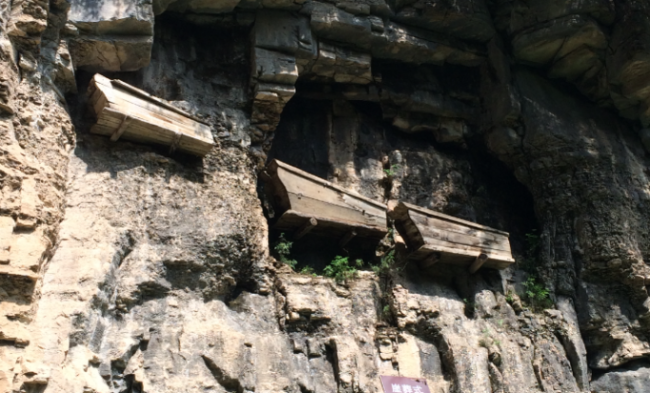Exploring Shanxi with the Monkey King - Northern Shanxi Chapter

On August 20, the domestically acclaimed and groundbreaking game "Black Myth: Wukong" was globally unlocked, and it had already been pre-loaded on multiple platforms. Among the 36 filming locations across various provinces and cities, 27 are located in Shanxi Province. The game features magnificent and realistic Chinese landscapes, ancient architectural complexes, Taoist and Buddhist statues, and even bizarre images of celestial beings and demons, providing every gamer with an unprecedented experience.Notably, the Yungang Grottoes, Hanging Temple, Shanhua Temple, and others in northern Shanxi all appear in the game. Let’s take a look!

Yungang Grottoes, nestled at the southern foot of Wuzhou Mountain in the western outskirts of Datong City, Shanxi Province, are one of the three major Buddhist grottoes in the world. They are one of the inspirational sources of the game's scene design. Carved during the Northern Wei Dynasty under the patronage of the imperial court, the grottoes were initiated by the esteemed monk Tan Yao. Boasting over 59,000 Buddhist statues in various forms, these grottoes provide a comprehensive record of Buddhist iconography. The "Open-Air Great Buddha" stands as a masterpiece among them.

The Hanging Temple, which appears in the game, is located in Hunyuan County, Datong City, Shanxi Province. It can date back over 1,500 years to the late Northern Wei Dynasty. As a unique convergence of Buddhism, Taoism, and Confucianism, it is hailed as the "First Scenic Wonder" among the Eighteen Scenic Spots of Mount Heng.

One of the game’s locations is Shanhua Temple, which is also situated in Datong, Shanxi. It was first established during the Tang Dynasty. Its main hall, the Daxiongbaodian, a masterpiece from the Liao Dynasty, sits atop a raised platform at the rear, making it the largest and most intact temple complex from the Liao and Jin Dynasties in China. The temple preserves valuable relics such as clay sculptures, murals, and inscriptions, with the clay sculptures of the Twenty-Four Protective Deities being national treasures.

One of the game’s locations, Chongfu Temple, is situated in Shuocheng District, Shuozhou City, Shanxi Province. It was built in 665 AD during the reign of Emperor Gaozong of the Tang Dynasty, and the remaining structures are mainly from the Ming and Qing Dynasties. The exquisite carvings on the doors of the Amitābha Hall and the original vertical plaque dating back to 1184 AD during the Jin Dynasty make this hall a masterpiece of its time.

One of the inspirational sources of game design is Shimen Hanging Coffins, found in Ningwu County, Shanxi Province. These coffins represent the earliest cliff burial sites discovered north of the Yangtze River and possess immense archaeological significance. Suspended from cliffs in various forms, they are numerous and rich in historical and cultural value.

Nanshan Temple, also featured in the game, is located on Mount Wutai, Shanxi. It was first built in the Yuan Dynasty. With seven tiers, it boasts the largest scale among the temples on Mount Wutai. The temple features exquisite mud sculptures, stone carvings, and woodcarvings, with nearly one thousand stone carvings in Youguo Temple renowned for their richness of content and exquisite craftsmanship.

One of the game’s locations is Foguang Temple, which is nestled in Foguang New Village, Wutai County. It boasts the East Great Hall, a seven-bay structure from the Tang Dynasty, and the Manjusri Hall, a seven-bay structure from the Jin Dynasty. The temple also features two octagonal stone pillars from the Tang Dynasty. The Tang Dynasty architecture, sculptures, murals, and inscriptions of the temple have been hailed as the "Four Wonders" by Liang Sicheng, with the East Great Hall ranking as the third oldest wooden structure in China.
From the virtual realm of the game to the tangible world around us, we invite you to step out and explore. From the mundane hustle and bustle of daily life to the ethereal realms of Buddhist utopias and treasure troves of sculpture, we encourage you to delve deeper. Exploring Shanxi with the Monkey King, northern Shanxi awaits your visit!
(The images are sourced from the internet. If there is any infringement, they will be removed.)
Source: Comprehensive collation by sx.china.com